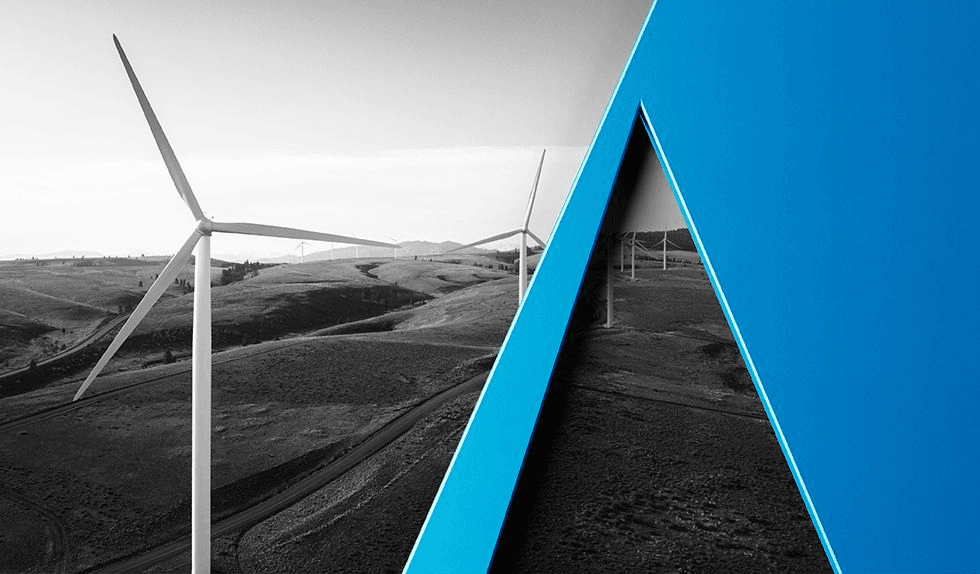The Problem
Each RTO/ISO currently handles fast-start resources somewhat differently, and the definitions of these resources also vary. But, generally speaking, resources are considered “fast-start” if they can start in ten minutes or less (although some RTO/ISOs currently consider resources that can start in less than two hours to be “fast-start”). Fast-start resources are generally dispatchable by the RTO/ISO, but often have a limited dispatch range (i.e., they are subject to economic operating limits or may be “block-loaded,” meaning that the resource can only be dispatched at a specific megawatt (MW) output). Fast start resources also often have minimum or maximum run times that limit their operations. Examples of resources that might qualify as fast-start include gas combustion turbines, batteries and automated demand response.
Because of these limits on dispatch, RTO/ISO market rules generally prevent such resources from setting the clearing price (i.e., the Locational Marginal Price (LMP). FERC is concerned that, as a result, clearing prices may not accurately reflect the true marginal cost of energy.
Proposed Solutions
To address this concern, FERC proposes require each RTO/ISO to adopt four changes to how prices for fast-start resources are calculated. Each RTO/ISO would be required to apply such fast-start pricing to any resource, using any technology, that can start up in ten minutes or less, that has a minimum run time of one hour or less, and that submits economic energy offers.
First, each RTO/ISO would be required to include the fast-start resource’s commitment costs (i.e., the costs it incurs to start up and be available to produce energy) in its energy and operating reserve prices. FERC explains that because fast-start resources are often dispatched on short notice to respond to unforeseen real-time system needs, their commitment costs should be considered marginal costs. The RTOs/ISOs currently do not consider such costs to be “marginal costs” that can be included in offers, however, which FERC preliminarily concludes will result in market clearing prices that do not reflect marginal costs. Second, each RTO/ISO would be required to treat resources with minimum economic operating limits as dispatchable from “zero” to their maximum economic operating limit for the purpose of calculating prices. LMPs are set based on the marginal cost of serving the next increment of demand, while many fast-start resources are subject to economic minimum operating limits (i.e., the lowest amount of output they can economically provide) or are block-loaded. As FERC explains:
Because the system may need fewer megawatts (MW) than the fast-start resource’s economic minimum operating limit to meet load, other resources must be dispatched down. The resources that were dispatched down become the most economical option to serve the next increment of load. Therefore, despite the fact that a fast-start resource is essentially marginal, this restriction prevents a fast-start resource dispatched at its economic minimum operating limit from setting the LMP.1
FERC proposes to resolve this problem by requiring each RTO/ISO to program its pricing algorithm to “relax” the economic minimum operating limits and treat the resource as dispatchable to serve another increment of load for the purpose of determining LMP.
Third, for those RTO/ISOs that chose to allow an offline fast-start resource to set the price, FERC proposes a requirement that such price-setting resources must be both “feasible and economical.” The existing rules in some RTO/ISOs allow offline fast-start resources to set the price under certain system conditions (such as transmission constraint violations or reserve shortages). FERC concludes that such a rule is reasonable, but only if it would be both feasible and economical for the offline fast-start resource to address the system condition.
Fourth, FERC proposes a requirement that each RTO/ISO must incorporate fast-start pricing into both the day-ahead and real time markets. However, FERC recognizes that much of the value of fast-start resources is realized in the real-time market, and specifically seeks further comment on this issue.
FERC preliminarily concludes that these market-rule reforms will more accurately reflect the marginal cost of serving load during times when fast-start resources are needed, and help avoid unnecessary uplift charges that result when fast-start resources are unable to factor their commitment costs into their offers. In addition, FERC states that these market-rule changes will better reflect the need for fast-start resources and the value they provide to the system, providing price signals to encourage investment in such resources.
FERC’s proposal, if finalized, could allow market clearing prices to rise during periods when fast-start resources are required, providing additional revenue opportunities for all resources providing energy at those times. It may also provide important new market opportunities to existing and new technologies that can quickly startup in response to electric grid needs. How much effort the RTOs/ISOs would be required to expend to comply FERC’s proposals will vary; as FERC explains, most RTO/ISOs have some sort of fast-start pricing mechanism already. The NOPR proposals would essentially require each RTO/ISO to adopt those mechanisms that FERC has determined are the best practices.
As noted above, the NOPR is the third in FERC’s series of rulemakings seeking to improve the process of price formation in the RTO/ISO markets. FERC previously finalized two sets of regulations requiring the RTOs/ISOs to (1) reform settlement intervals and shortage pricing to more accurately compensate resources based on the value they provide the system, and (2) raise their existing caps on energy market offers and allow those higher-price offers to set market clearing prices. While the leadership of FERC will change in 2017 following the transition to a new administration, the agency seems likely to continue these efforts.
Comments on the NOPR will be due 60 days after the NOPR is published in the Federal Register, which has not yet occurred. Each RTO/ISO will be expected to submit a compliance filing within 90 days of the issuance of a Final Rule.
1 NOPR at p. 8.



